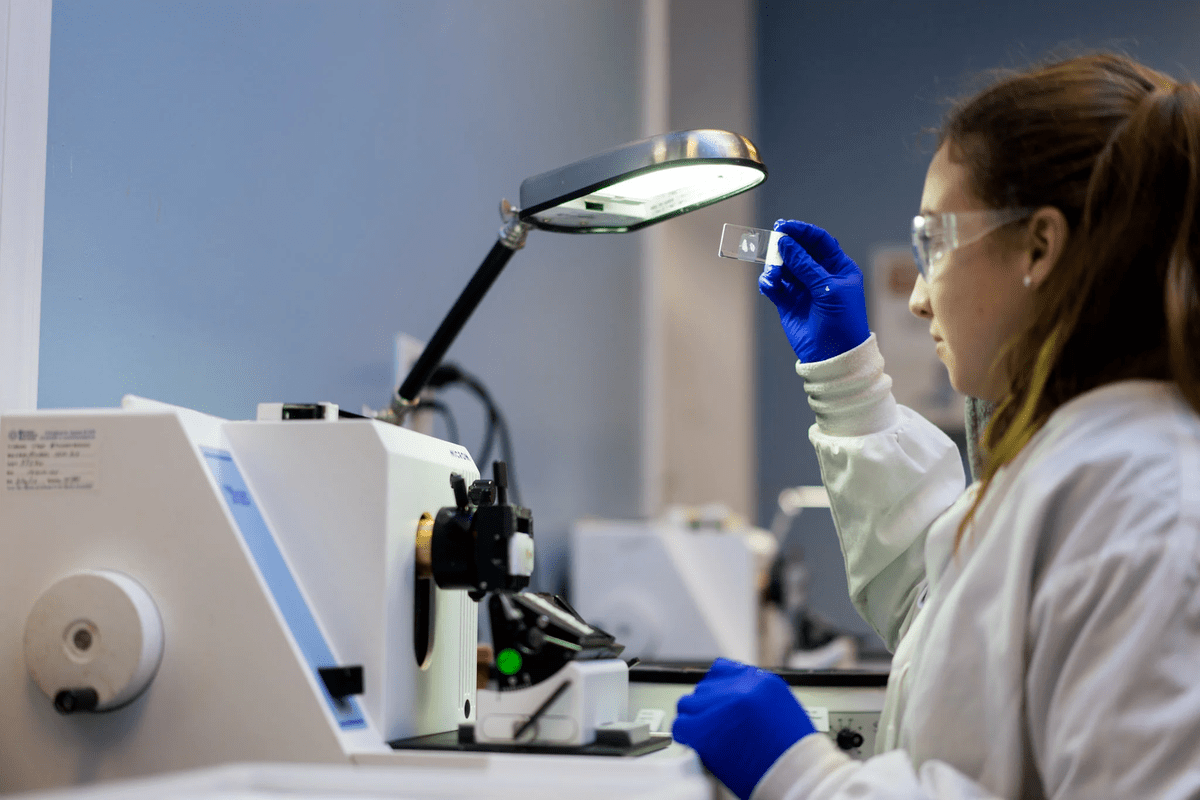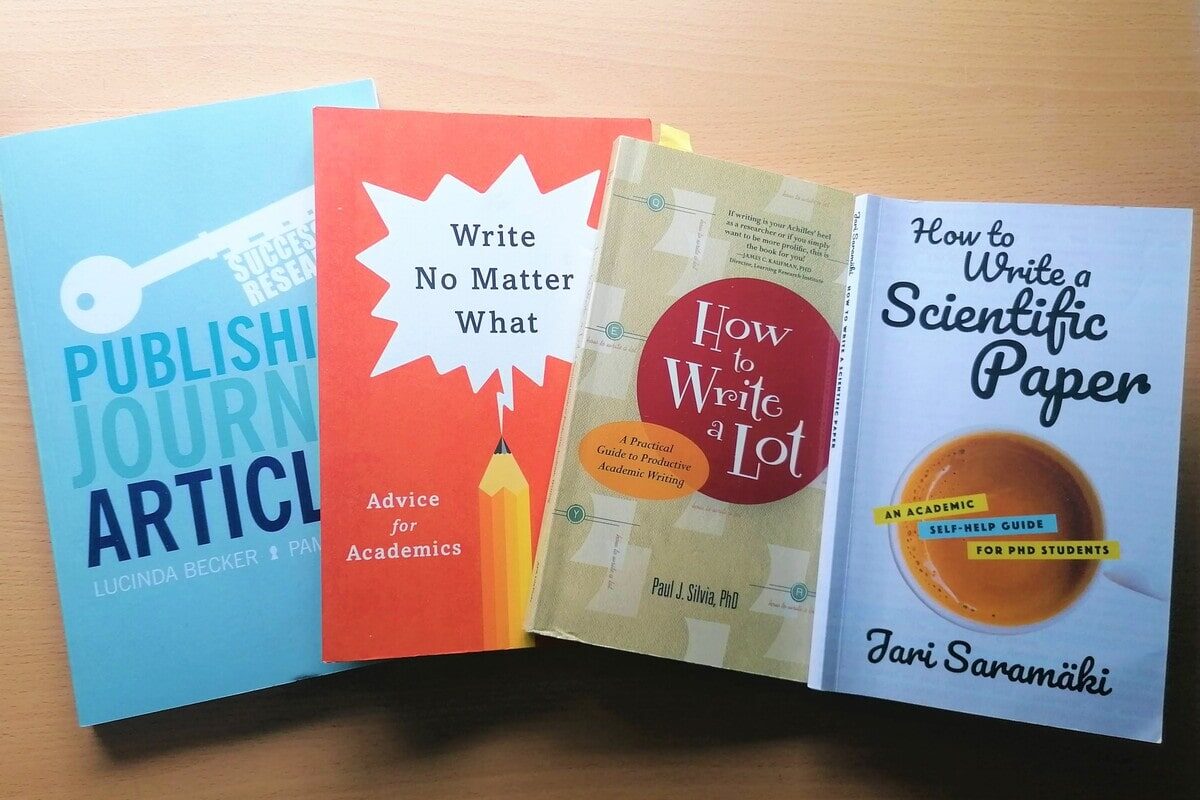Using stains in microscopy is a routine part of the daily operations in a histopathology laboratory. The purpose of using these stains is to enhance contrast and highlight the structures in the slides, and thus to get accurate results in the tests.
However, choosing the best stain for accurate results isn’t always easy. This is because there are numerous stains in histology and selecting the best is cumbersome.
Besides the commonly used ones, many other stains are used for studying specific tissue types to give you better images. Further, using specialised stains also help in reaching a more accurate diagnosis or further differentiate the components seen on the histology slides.
So, here we give you a glimpse of the commonly used, and some specialised stains, their purpose, and utility to guide you in selecting the right stain for your histology slides.
The Most Commonly Used Stains
Haematoxylin and eosin are the first and most common stains used in most histopathology labs. Both these stains are used for routine tissue study where you don’t need much detail.
- Haematoxylin stains all the nucleic acids (like DNA and RNA), and eosin stains the basic structures like muscle or red blood cells.
- Haematoxylin stains the cell nuclei as bluish purple while eosin dyes other cell structures pink or red.
Specific Stains
1) Gram Stain
Developed by the Danish scientist Hans Christian Gram, it is a popular alternative to haematoxylin and eosin stains. It helps to detect bacteria in the study tissue and determine their characteristics. Follow these steps for Gram staining procedure:
- Stain the slide with crystal violet and let it stand for a minute.
- Gently rinse the slide with tap water or distilled water from a wash bottle and smear it with Gram’s iodine and potassium iodide solution. Let it stand for one minute.
- Gently rinse the slide with tap water or distilled water from a wash bottle and decolourise with alcohol and acetone.
- Follow this by counter-staining with a red or pink stain and let it stand for 45 seconds.
2) Congo Red
A stain which was once used in textile industry has now become popular in the histopathology laboratory for detecting amyloid fibres. These fibres get stained as a pale orange-red colour with the Congo stain.
Detection of amyloid fibres is important for the diagnosis of diseases like Alzheimer’s, Parkinson’s, and Diabetes.
With routine stains like haematoxylin and eosin, it’s not possible to detect bacteria, amyloid fibres and other details in the study tissue. Thus, these specific stains must be a part of your histopathology laboratory.
If you don’t have accesses to these stains or get stuck with any process in the lab, feel comfortable to outsource your work to a knowledgeable lab. Exploit the histology services of a reputed lab to save money, time, and get high-quality slides with accurate results. Competent histology services have an experienced lab team to assist you in your daily microscopy operations and make your investments worthy.





